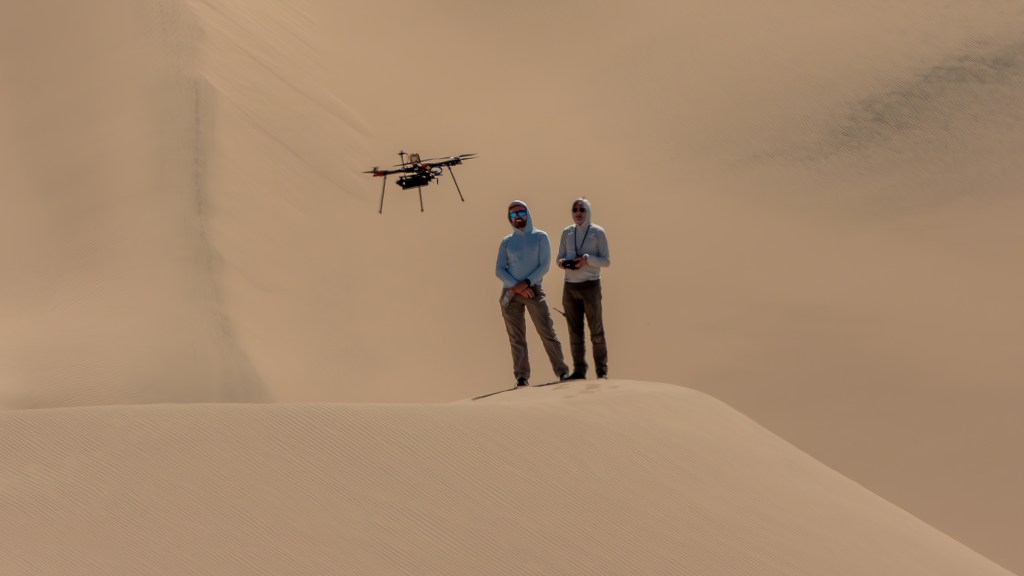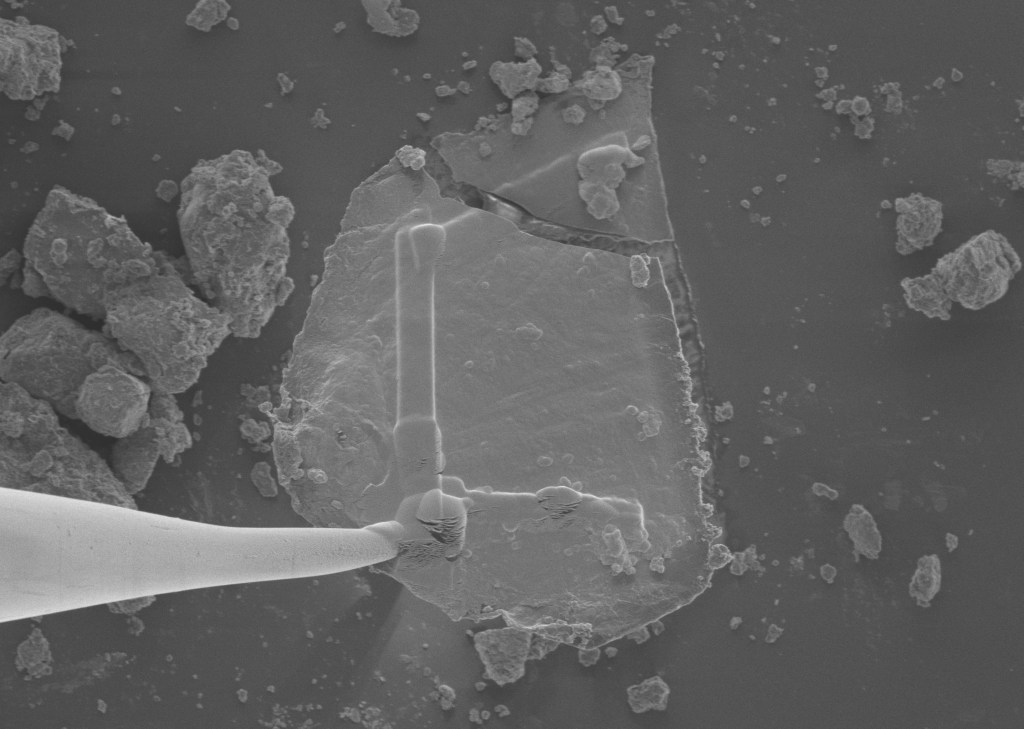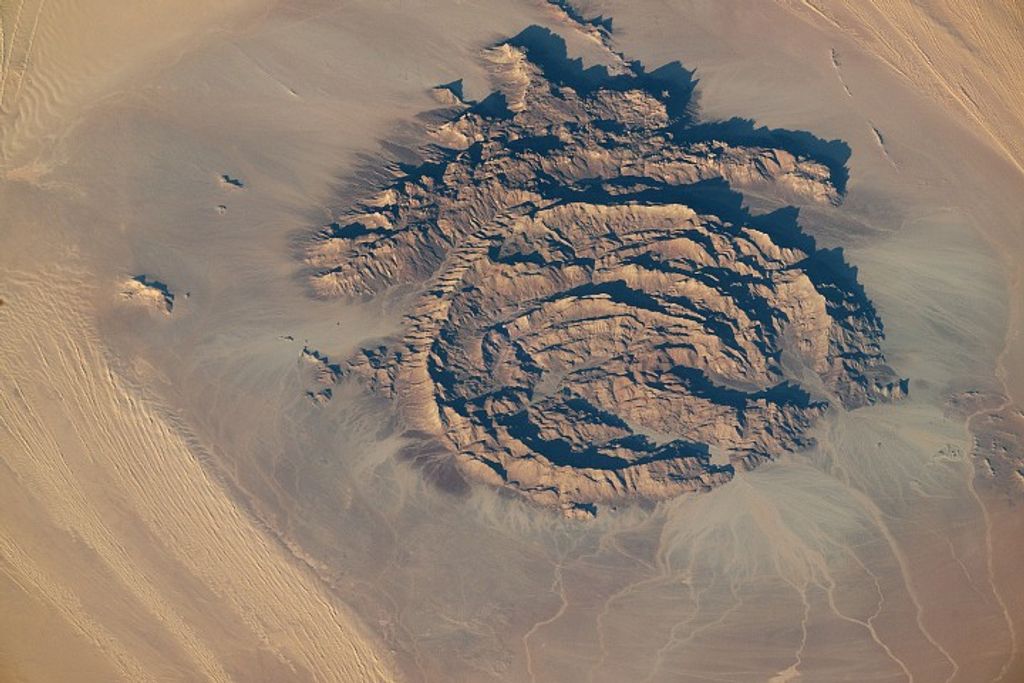Supernova 1987A Sonification
| Credit | NASA's Marshall Space Flight Center |
|---|---|
| Language |
|
On February 24, 1987, observers in the southern hemisphere saw a new object in the Large Magellanic Cloud, a small satellite galaxy to the Milky Way. This was one of the brightest supernova explosions in centuries and soon became known as Supernova 1987A (SN 87A). This time-lapse shows a series of Chandra X-ray Observatory (blue) and Hubble Space Telescope (orange and red) observations taken between 1999 and 2013. This shows a dense ring of gas, which was ejected by the star before it went supernova, begins to glow brighter as the supernova shockwave passes through.
As the focus sweeps around the image, the data are converted into the sound of a crystal singing bowl, with the brighter light being heard as higher and louder notes. The optical data are converted to a higher range of notes than the X-ray data so both wavelengths of light can be heard simultaneously.
























